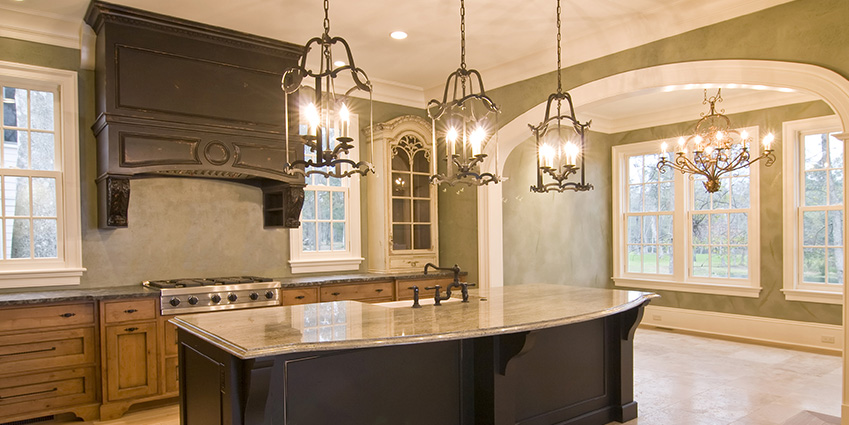Remodeling your kitchen can feel like a daunting task, but with the right planning and approach, you can create a successful kitchen that fits both your needs and your style. A well-planned kitchen remodel not only enhances the functionality of your space but also increases your home’s value. Here are five proven steps to ensure a smooth and successful kitchen remodeling project.

How to Achieve a Successful Kitchen Remodel
Step 1: Planning and Budgeting
A successful kitchen remodel begins with detailed planning and budgeting. Start by assessing your current kitchen layout and identifying areas that need improvement. Consider how you use your kitchen and think about your lifestyle, cooking habits, and design preferences. Make a list of your must-haves and nice-to-haves, then prioritize your remodeling goals.
Budgeting is a crucial step. Determine how much you’re willing to spend on your project, keeping in mind that costs for materials, labor, and unexpected expenses may arise. Factor in potential savings from energy-efficient appliances and sustainable materials, which, though higher in upfront costs, can reduce long-term energy bills.
Step 2: Design and Layout
The design and layout of your kitchen play a key role in its success. Work with a professional designer to choose a layout that maximizes both functionality and aesthetics. Popular kitchen layouts include U-shaped, L-shaped, galley, and open-concept. Be sure to choose materials for cabinetry, countertops, and flooring that are durable, easy to maintain, and visually cohesive.
Your cabinetry should be made from high-quality materials such as solid wood or plywood to ensure longevity. Countertops should not only complement the cabinetry in style but also be practical for daily use. Choose a backsplash that’s easy to clean while also enhancing the overall design. The flooring should be durable, low-maintenance, and complement the rest of the kitchen’s design elements.
Step 3: Choosing Appliances and Lighting
The appliances and lighting you select will significantly impact your kitchen’s functionality and overall look. Choose appliances based on your cooking habits and budget, ensuring they match the style of your kitchen. Key appliances to consider include your refrigerator, oven, stove, dishwasher, and microwave. You may also want to add specialty appliances, such as a wine cooler, depending on your needs.

Lighting is equally important for both functionality and ambiance. Incorporate task lighting, such as under-cabinet lights, for cooking and cleaning tasks. Add ambient lighting to create an inviting atmosphere, and consider accent lighting to highlight architectural features or decorative elements in your kitchen.
Step 4: Hiring a Contractor and Obtaining Permits
Choosing the right contractor is essential for a successful kitchen remodel. Look for a contractor with experience and expertise in kitchen renovations. Read reviews and ask for references from past clients to ensure they are reputable and reliable. Once you’ve selected a contractor, they will assist with obtaining the necessary permits and ensuring your project complies with local building codes.
Having the right permits in place before beginning any work ensures that the project goes smoothly and avoids any legal issues down the road. Your contractor will also oversee the demolition and disposal of old materials, ensuring a safe and efficient process.
Step 5: Project Management and Timeline
Efficient project management is key to completing your kitchen remodel on time and within budget. Work with your contractor to develop a realistic timeline and schedule for the renovation. Keep in mind that unexpected issues may arise during the process, so be prepared to handle any delays or complications.
Stay in regular communication with your contractor to ensure everything is progressing as planned. Address any problems quickly to avoid delays. With proper management and communication, you’ll ensure that your kitchen remodel stays on track, leading to a successful outcome.

By following these five proven steps — planning and budgeting, designing and laying out the space, choosing the right appliances and lighting, hiring a skilled contractor, and managing the project effectively — you’re well on your way to creating a successful kitchen that fits your needs and exceeds your expectations. With the right approach and attention to detail, your kitchen remodel can be a rewarding and valuable investment.

